Exterior Foundation Walls

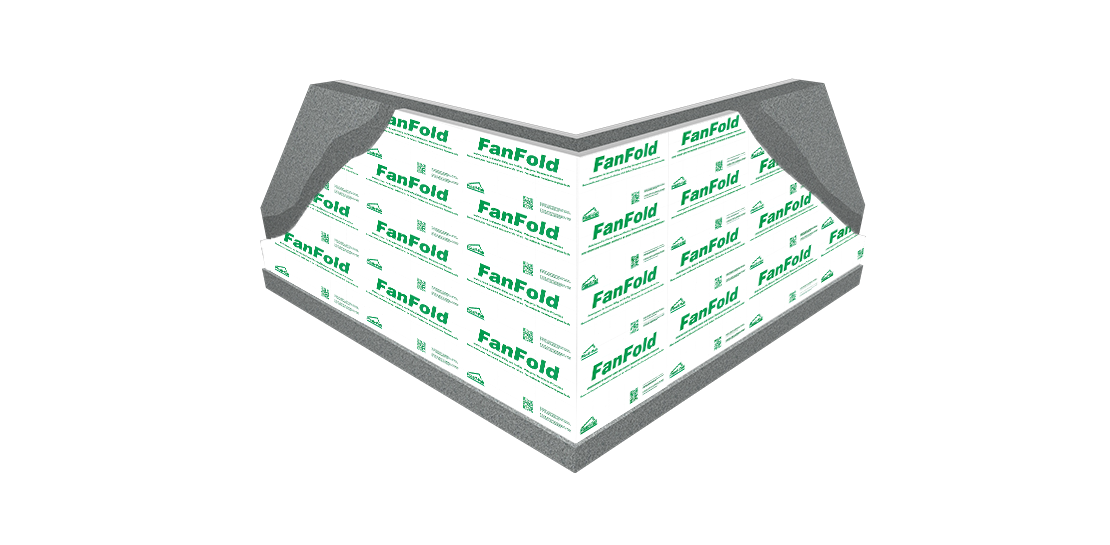
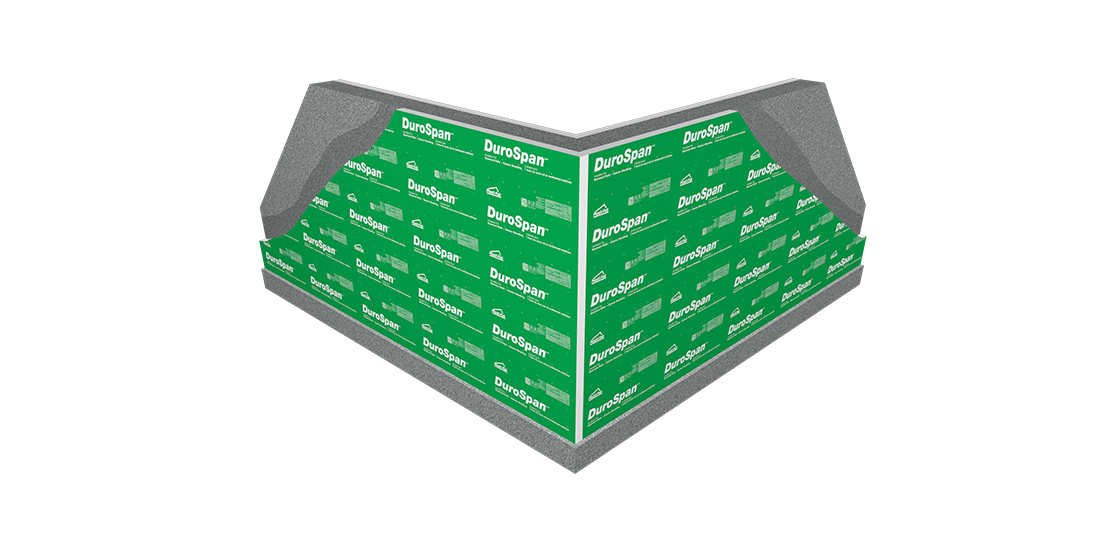
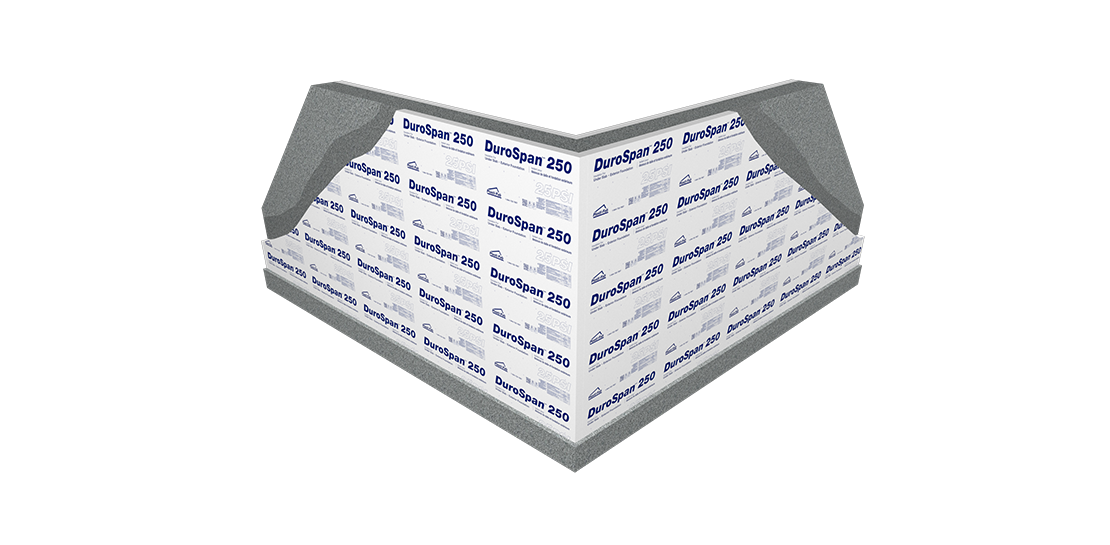

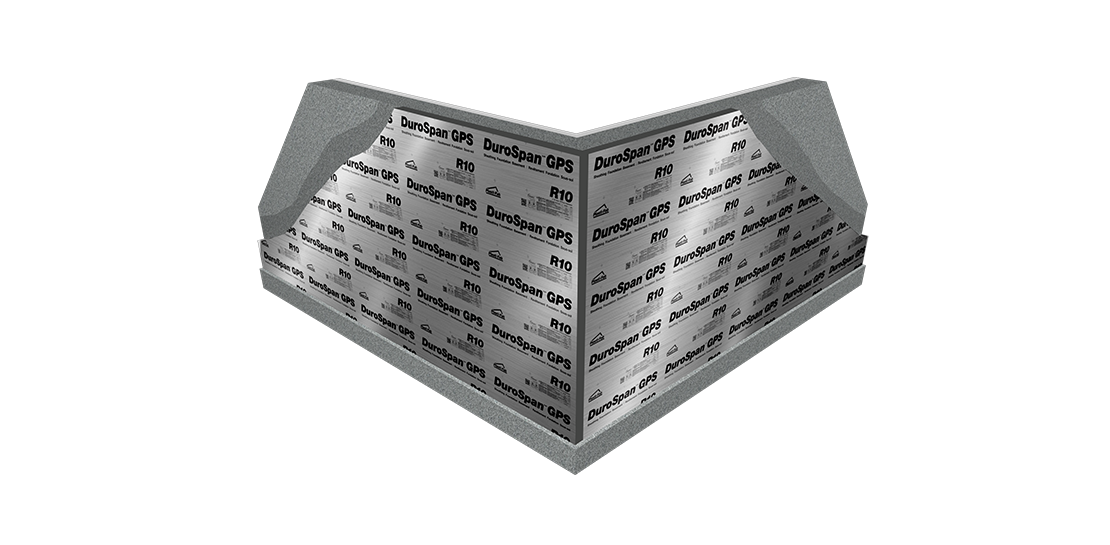
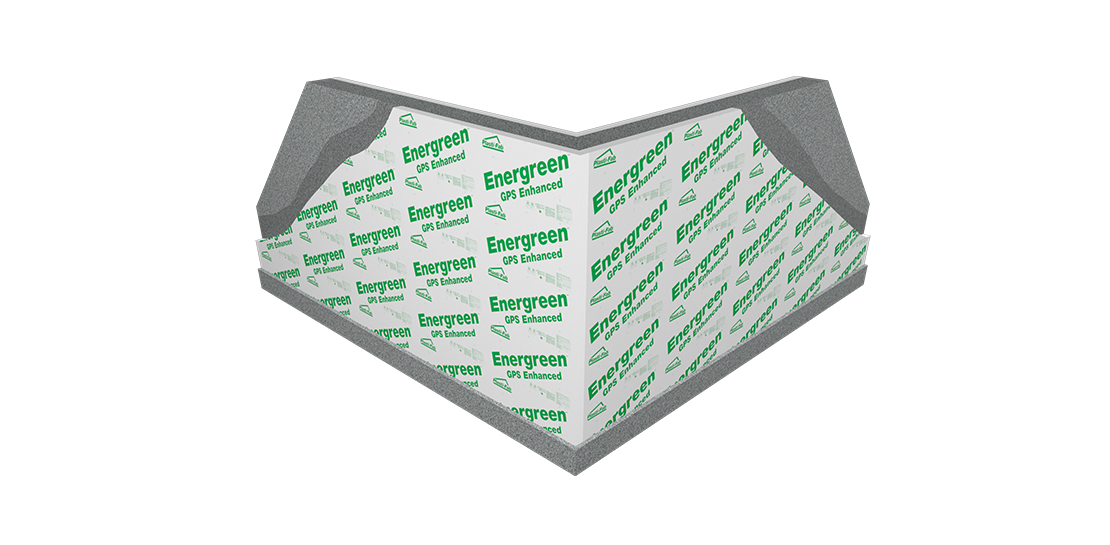
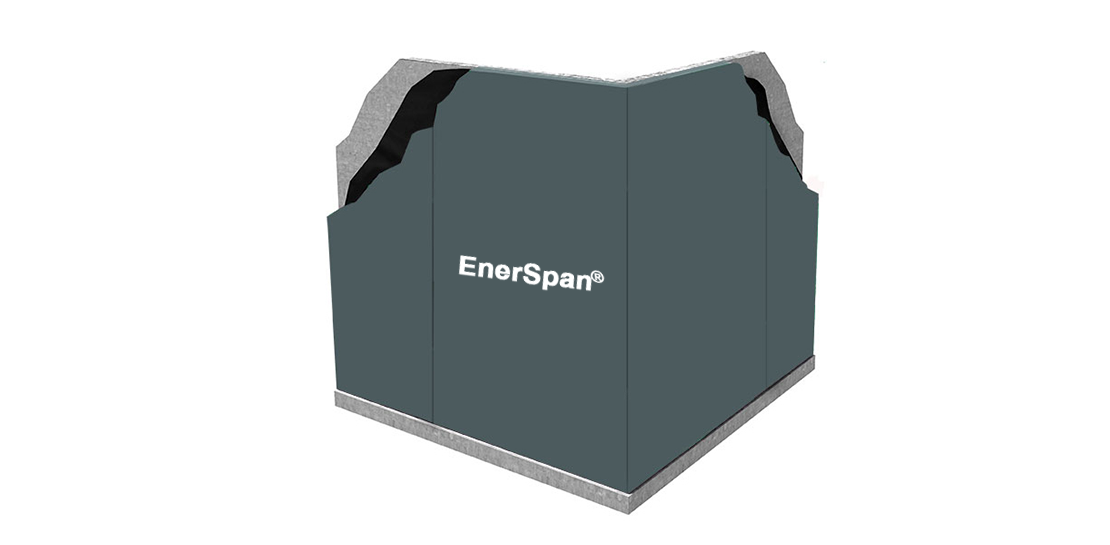
Continuous insulation applied to the exterior of foundation walls reduces expansion and contraction concrete foundation walls would be subject to due to temperature differences between the interior heated space and the exterior air/soil.
Regardless of whether you have chosen a block or poured foundation, you will insulate the perimeter in the same method. The use of exterior foundation insulation reduces the likelihood of frost-heave under footings.
Insulating the exterior surface of the foundation wall provides the advantage of a fully insulated warm wall, which reduces the likelihood of degradation due to freeze thaw and of condensation forming on the inner face of the wall. (In other words moisture won’t drive through your concrete wall and appear on the inside.)
Insulating exterior foundations and perimeters is not just about code, it’s also about protecting the very thing your home is based upon, and increasing the interior comfort. Exterior insulation can be applied at the time of construction or added as a renovation project for increased efficiency and added energy cost savings.
PIB 249 - DuroFoam Insulation for Basement Applications
PIB 272 - PlastiSpan Insulation - Exterior Foundation Application
PIB 316 - 2012 BCBC - PlastiSpan HD Insulation for Exterior Basement Walls
PIB 320 - NBC 2010 - PlastiSpan HD Insulation for Exterior Basement Walls
PIB 340 - 2014 ABC - PlastiSpan HD Insulation for Exterior Basement Walls
Design Manual: Frost Protected Shallow Foundation
Design Manual: Exterior Perimeter Foundation Insulation Systems
Still unsure? Reach out to us

1. Follow the Building Code
Be sure to follow the building code requirements applicable in your region.
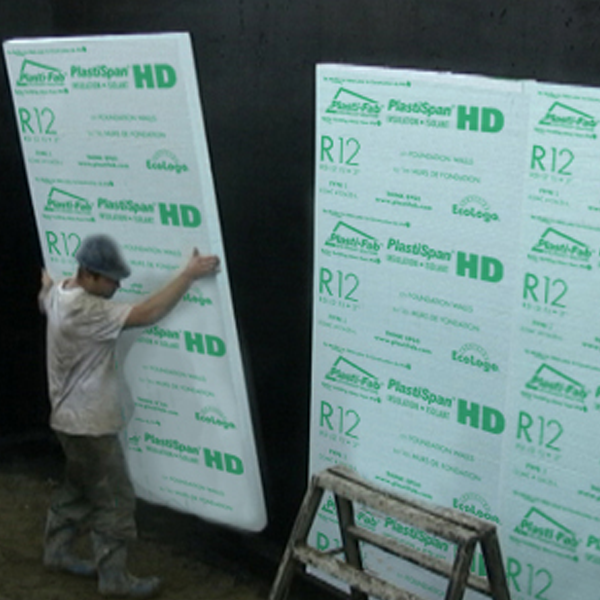
2. Install Insulation
Ensure that the concrete surface is dry and free of dirt. Starting from a corner, apply PlastiSpan HD insulation boards to the wall from the top of the footings to the top of the basement wall. Use an adhesive compatible with expanded polystyrene (EPS) insulation.
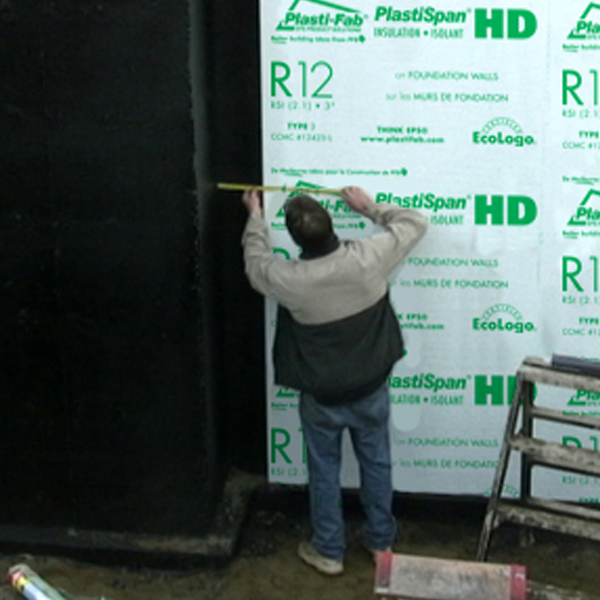
3. Measure & Trim Insulation
Measure and trim PlastiSpan HD insulation with a utility knife or fine tooth hand saw to fit around any openings such as windows.
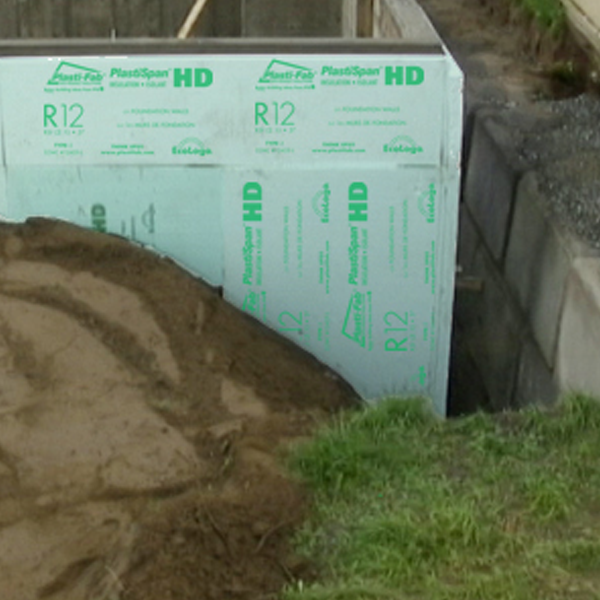
4. Drainage at Footing
Place drainage tile covered by coarse gravel at the base of the wall, as per local building code.
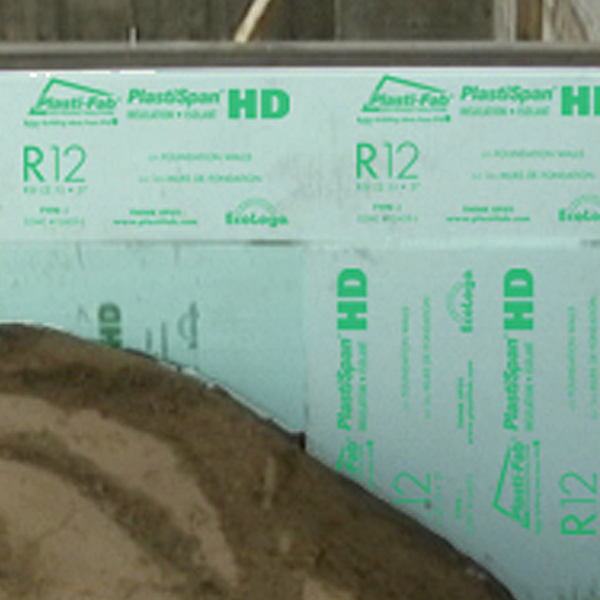
5. Protect Exposed Insulation
PlastiSpan HD insulation must be protected from the top of the basement wall to 12" below grade to prevent damage. Stucco parging is one common protective layer that may be applied. Talk to your building supply professional about other options.
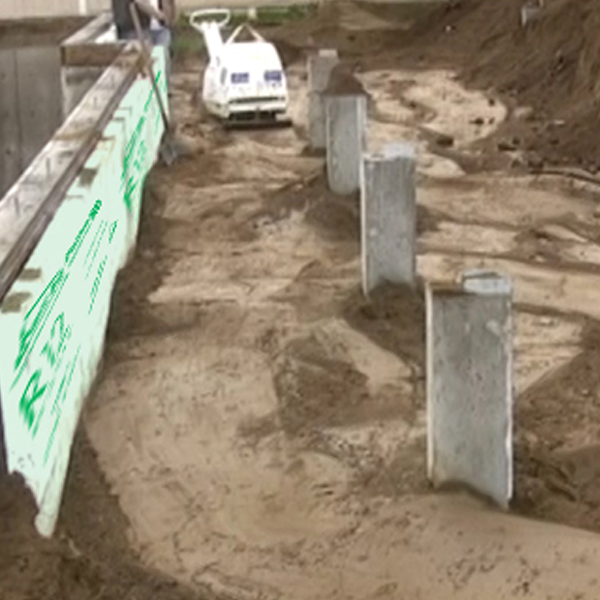
6. Backfill
Backfill the foundation wall to the required grade using backfill material that will permit drainage to the drainage tile at the bottom of the wall. Grade the site so that the top soil is sloped away from the foundation wall.








